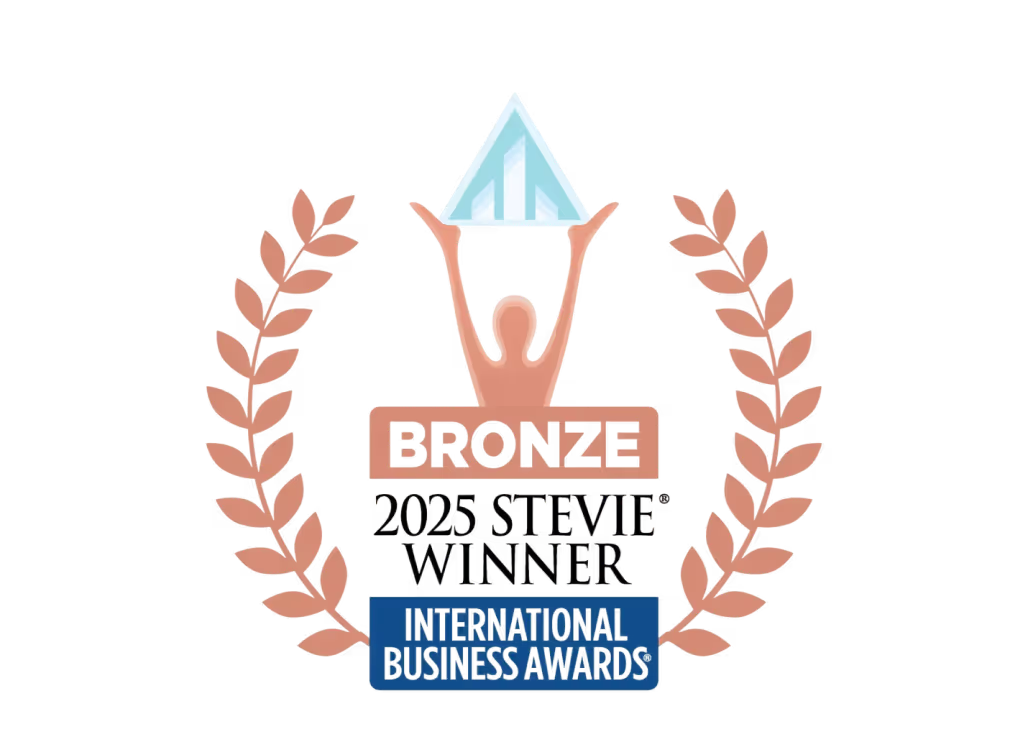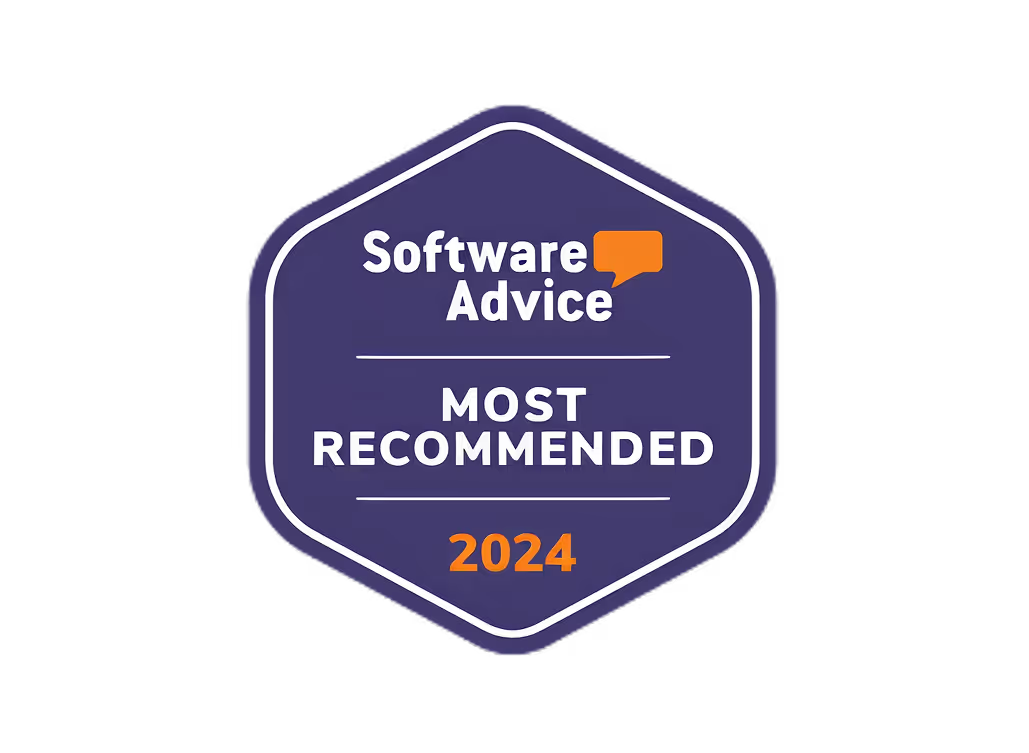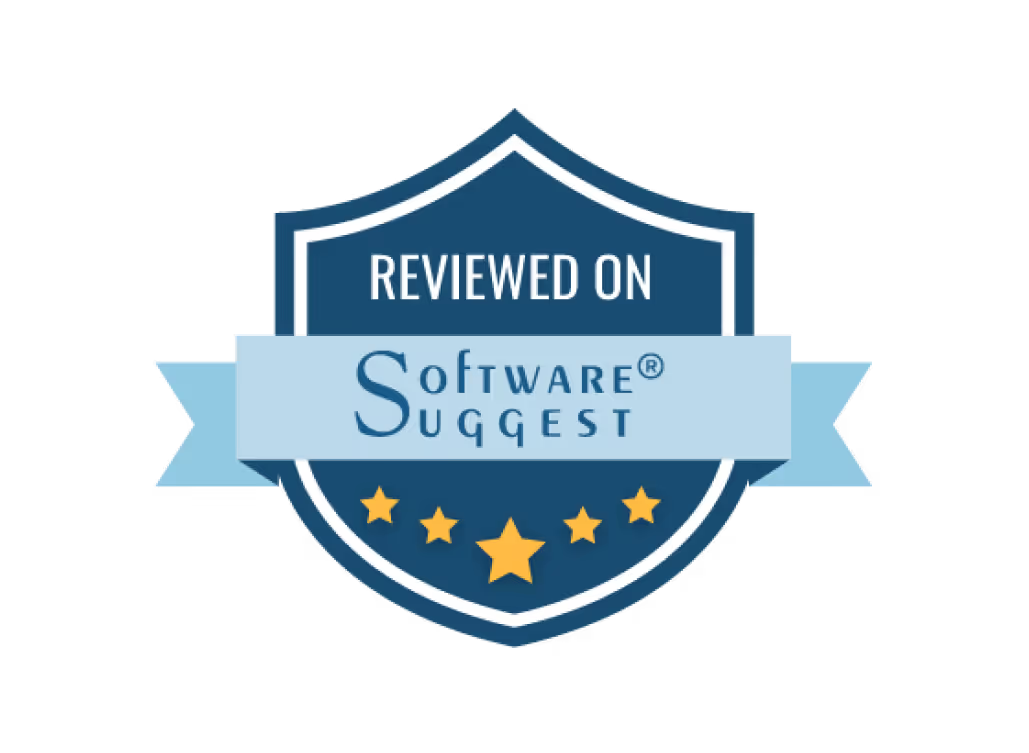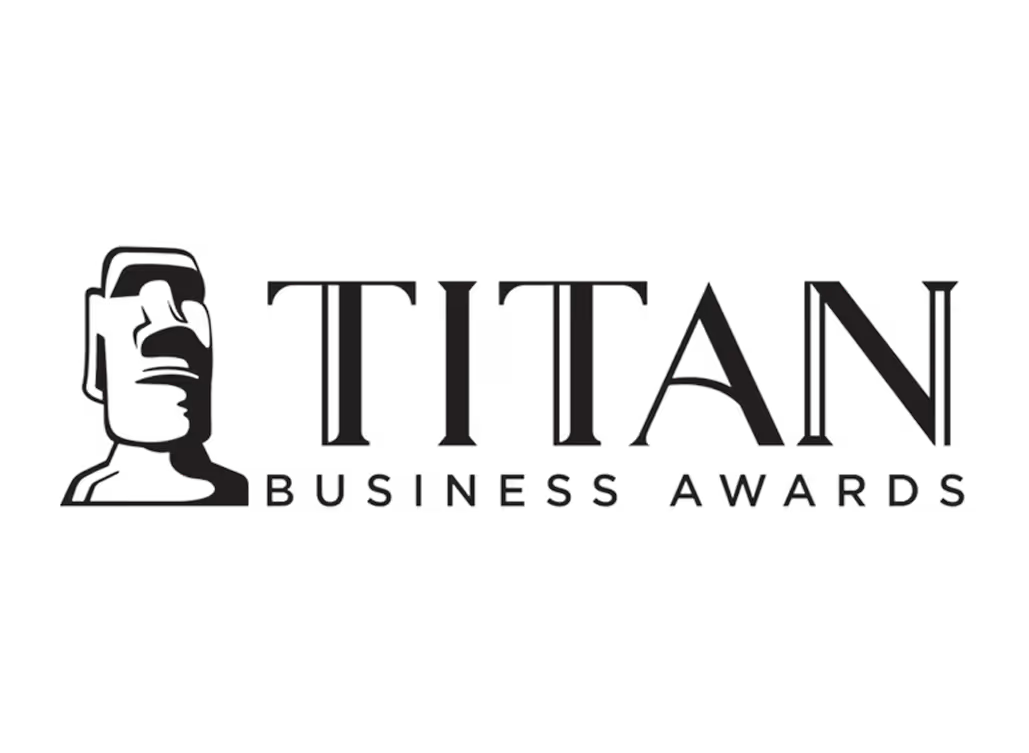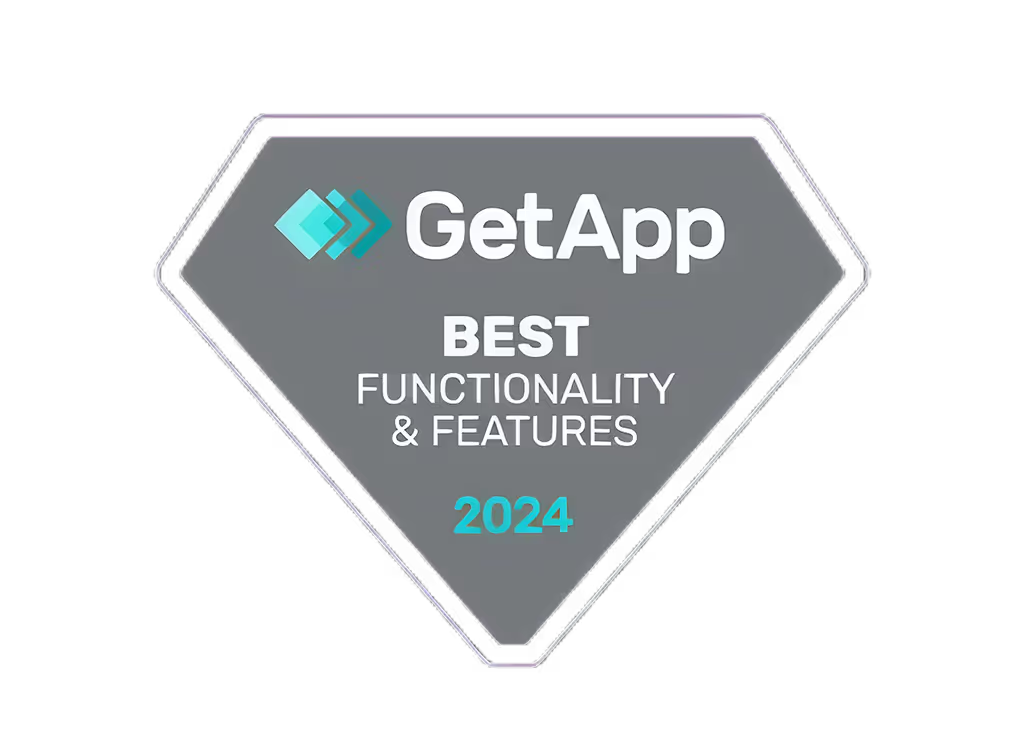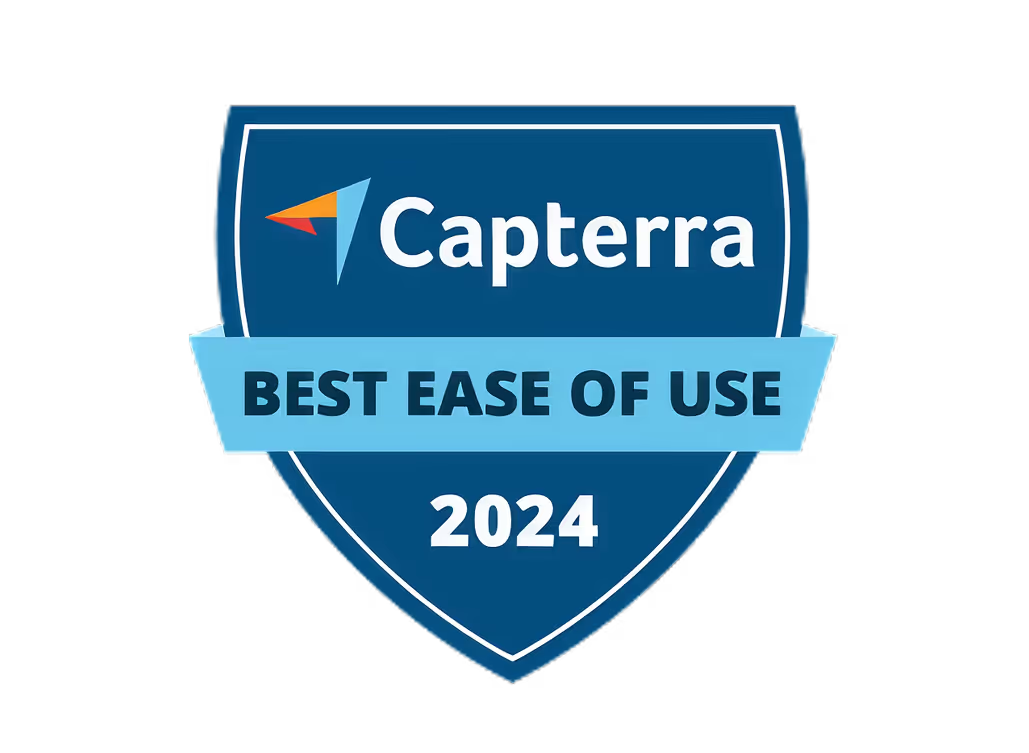beautiful pictures,Discover the Beauty of AI-Generated Pictures

AI art refers to digital artwork created using artificial intelligence algorithms that can generate unique and imaginative images. This guide explores the world of AI-generated pictures, their beauty, capabilities, and applications.
Related video from YouTube
Key Takeaways
- AI art uses neural networks to create images that mimic different art styles, from realistic to abstract.
- Popular AI art tools include DALL-E 2, Midjourney, and Adobe Firefly, allowing anyone to create professional-looking artwork.
- Writing clear and detailed prompts is crucial for getting the desired AI-generated art.
- AI art has applications in marketing, graphic design, and creative expression, offering cost and time savings.
- While AI art raises ethical concerns around ownership and bias, it also democratizes creativity and enables new artistic possibilities.
Creating AI Art in 5 Steps
- Decide on the desired theme, subject, or art style.
- Write a short, specific prompt describing what you want the AI to create.
- Choose an AI art tool like DALL-E 2, Midjourney, or Adobe Firefly.
- Enter your prompt into the tool to generate an image based on your description.
- Review the AI-generated art and adjust the prompt or use editing tools as needed.
Popular AI Art ToolsDALL-E 2MidjourneyAdobe Firefly
AI Art Styles
StyleDescriptionImpressionistSoft, dreamy pictures focused on light and colorAbstractShapes, colors, and textures instead of real objectsSurrealBlends reality and fantasy in unexpected waysRealisticHighly detailed and lifelike imagesAnimeBright, stylized art with exaggerated faces and poses
AI art tools allow you to explore and create various art styles, from photorealistic to abstract and beyond, opening up new possibilities for visual creativity.
How AI Creates Art
AI Art Technology
AI art uses special computer programs called neural networks to make new images. These programs learn from huge collections of images to understand patterns and styles. They can then create art that looks like it was made by a human.
Types of AI Art Tools
There are different kinds of AI art tools, each with its own way of making art:
- Generative Adversarial Networks (GANs): GANs have two neural networks that work together. One network makes images, and the other network checks and improves them.
- Neural Style Transfer: This tool lets AI copy the style of one image onto another, creating unique art.
- VQGAN+CLIP: This tool combines two programs: VQGAN and CLIP. It can make art from text descriptions.
Popular AI Art Platforms
Many tools and websites make it easy for anyone to create AI art:
PlatformDescriptionDALL-E 2Made by OpenAI, this tool can make realistic images from text prompts.MidjourneyKnown for its artistic styles, it generates images from text.Adobe FireflyAdobe's AI art tool lets you make custom art using styles and templates.
These platforms allow people without art training to make professional-looking artwork.
Creating AI Art
Step-by-Step Process
Making AI art involves a few simple steps:
- Decide what you want: Think about the theme, subject, or style you want for your art.
- Write a clear description: Write a short, specific description of what you want the AI to create. This is called a "prompt."
- Choose an AI art tool: Pick a website or app that can make AI art, like DALL-E 2, Midjourney, or Adobe Firefly.
- Generate the art: Enter your prompt into the tool, and it will create an image based on your description.
- Make changes if needed: Look at the art the AI made and decide if you want to change anything. You can adjust the prompt or use editing tools to refine the image.
Prompts Are Important
A good prompt is key to getting the AI art you want. The prompt tells the AI what to create, so it needs to be clear and detailed.
Effective prompts:
- Describe the subject: Say what you want the art to show (e.g., a beach, a city, a person).
- Specify the style: Name the art style you want (e.g., Impressionist, Abstract, Realistic).
- Use descriptive words: Use adjectives to describe colors, textures, and emotions you want in the art.
- Give context: Provide background information to help the AI understand your vision.
Writing Better Prompts
Here are some tips for writing prompts that will give you great AI art:
TipExampleUse vivid adjectives"Colorful," "Vibrant," "Moody"Name the art style"In the style of Van Gogh's Starry Night"Add context"A futuristic city on Mars"Set the tone"A peaceful forest scene"
The more details you include in your prompt, the better the AI will understand what you want. But keep it short and clear.
sbb-itb-606b7a1
AI Art Styles
AI art tools let you make many kinds of art styles. From real-looking to abstract and beyond, you can make almost anything.
Style Examples
AI art can copy these styles:
- Impressionist: Soft, dreamy pictures with focus on light and color.
- Abstract: Art with shapes, colors, and textures instead of real objects.
- Surreal: Mixes reality and fantasy in unexpected ways.
- Realistic: Very detailed and lifelike pictures.
- Anime: Bright, stylized art with exaggerated faces and poses.
Realistic vs. Abstract
AI art can be photorealistic or abstract. Realistic art aims to show things accurately. Abstract art uses shapes and colors to express feelings and ideas.
AI can blend these styles to make new kinds of art.
New Art Possibilities
TypeDescriptionNew StylesAI can make art styles that go beyond what humans imagine.Blending StylesAI can mix different art styles in new ways.Exploring ArtAI opens up chances to try new forms of visual art.
AI art tools let anyone explore and make all kinds of art styles. Whether you're an artist or not, AI art offers new ways to be creative with visuals.
Using AI Art
Marketing Uses
AI-made pictures can help make eye-catching marketing campaigns. You can make custom visuals to grab your audience's attention. For example, AI art can create:
- Personalized Product Ads: Show products matched to each customer.
- Dynamic Ads: Ads that change based on the viewer.
- Social Media Content: Unique visuals for your brand's posts.
Graphic Design
AI art works best for making complex patterns, textures, and shapes. Human designers add meaning and emotion to the design. Combining AI art with human design skills creates stunning visuals that communicate your message.
AI ArtHuman DesignComplex patternsContext and meaningAbstract shapesEmotional resonanceTexturesBrand identity
Cost and Time Savings
AI art tools let small businesses make high-quality visuals without costly photoshoots, models, or locations. AI can also automate repetitive tasks, freeing up designers to focus on creative work. This saves money and speeds up project timelines.
Benefits of AI ArtLower costsFaster turnaroundNo need for photoshootsAutomate repetitive tasks
Ethical Concerns with AI Art
Who Owns AI-Generated Art?
There are no clear rules yet on who owns the rights to AI-generated artwork. Is it the person who made the AI program, the one who gave the instructions, or the AI itself? This lack of guidelines raises issues about taking advantage of artists and possible legal disputes.
For example, if an AI makes art identical to an existing work, who is responsible for copying that art - the original artist, the person giving instructions, or the AI? We need clearer rules around AI art ownership.
Bias in AI Art
AI art can show bias because the AI learns from existing data that may contain stereotypes or exclude certain groups. For instance, if an AI is trained mostly on images of white people, it may struggle to accurately depict people of color in its art. This spreads the bias from the training data into the AI's creations.
AI vs. Human Creativity
Some wonder if AI art replaces or just assists human creativity. Can an AI truly be "creative," or is it just processing existing data in new ways? We need to understand the role of AI in creativity while still valuing human imagination and self-expression.
Future of AI Art
Technology Improvements
AI art tools will keep getting better. New algorithms and machine learning models will allow artists to make even more detailed and realistic artworks. Soon, AI-generated art may look just like art made by humans.
Easy Art Creation for All
One big benefit of AI art is that it makes art creation easy for anyone, even those without artistic training. With AI tools, people from all backgrounds can make beautiful artworks. This will lead to many new and unique art styles as diverse people express their creativity.
AI and Human Teamwork
In the future, AI and humans will work together to create art. Advanced AI will assist artists, freeing them to focus on higher-level creative decisions. This teamwork between humans and machines will result in truly innovative artworks that push the boundaries of what's possible.
AI Assists WithHumans Focus OnComplex patternsMeaning and emotionTextures and shapesArtistic visionRepetitive tasksCreative direction
Key Takeaways
- AI art technology will keep improving, allowing for more realistic and detailed art.
- AI makes art creation accessible to everyone, leading to new styles and perspectives.
- Humans and AI will collaborate, with AI handling technical tasks while humans guide the creative process.
- This teamwork will produce groundbreaking artworks that blend machine capabilities with human creativity.
Conclusion
Key Points
In this guide, we explored AI-generated pictures - how they're made, their uses, and their impact. We saw how AI art can benefit marketing, graphic design, and creative expression. We also discussed ethical concerns like ownership, bias, and AI's role in creativity.
Embrace AI Art
AI-generated pictures open new doors for visual creativity, letting anyone make art regardless of training. With realistic and abstract styles, AI art tools make art accessible to all. Whether you're a marketer, designer, or art lover, AI art is worth trying.
Try AI Art
If you want to try AI art, many tools and platforms are available. From text-to-image generators to AI design software, the options let you experiment. Don't be afraid to push boundaries - with AI art, the possibilities are vast, and the results can be stunning.
AI Art ToolsText-to-Image GeneratorsAI Design SoftwareStyle Transfer Tools
Tables for Key Information
AI Assists WithHumans Focus OnComplex patternsMeaning and emotionTextures and shapesArtistic visionRepetitive tasksCreative direction
1. Decide what you want: Think about the theme, subject, or style.
2. Write a clear description: Write a short, specific prompt describing what you want.
3. Choose an AI art tool: Pick a website or app that creates AI art.
4. Generate the art: Enter your prompt into the tool to create an image.
5. Make changes if needed: Look at the art and adjust the prompt or use editing tools.
FAQs
Can I use AI-made pictures for marketing?
Yes, you can use AI-generated images for marketing purposes. AI art tools allow businesses to create high-quality visuals and designs for ads, branding, and other marketing materials. This helps businesses stand out and effectively communicate their message to their target audience.
What is the best AI image generator?
There are several AI image generators available, each with its own strengths:
GeneratorDescriptionMidjourneyKnown for high-quality, crystal-clear images. Has a large user community on Discord.Adobe FireflyIdeal for integrating AI-generated images into photos.Generative AI Getty ImagesSuitable for business applications.
The best choice depends on your specific needs and preferences.
How do people create AI art?
Creating AI art is a simple process:
- Choose an AI art generator tool, such as Adobe Firefly.
- Provide a detailed description or prompt for the desired image.
- The AI tool generates image options based on your prompt.
There are different types of AI art generators, including:
- Text-to-image generators
- AI design software
- Style transfer tools









